UPS Announces Sweeping Layoffs and Facility Closures Amid Economic Strain and Shifting Client Dynamics
United Parcel Service $UPS, the world’s largest package delivery company, unveiled a drastic restructuring plan on Tuesday that includes eliminating 20,000 jobs and shutting down 73 facilities. The move reflects mounting pressure from macroeconomic headwinds, trade policy uncertainty, and an evolving relationship with its largest client—Amazon.com Inc. $AMZN.
This marks the first large-scale corporate downsizing in the U.S. logistics sector directly linked to the broader economic slowdown and the consequences of intensified trade tariffs introduced during the Trump administration.
A Strategic Pivot in Turbulent Times
UPS’s cost-cutting campaign underscores a significant shift in strategic priorities as it aims to navigate a period of stagnating parcel volumes and cost inflation. The company confirmed the following steps as part of its restructuring:
Layoffs Across Operational and Corporate Divisions 20,000 positions will be eliminated globally, spanning distribution centers, back-office support, and some management roles.
Closure of 73 Warehousing and Logistics Facilities UPS plans to consolidate operations by shutting down underutilized or redundant locations, focusing instead on high-efficiency hubs.
Accelerated Automation Initiatives Investments in robotics and AI-driven parcel handling will increase as UPS aims to reduce labor dependency and improve throughput.
Asset Divestitures The company is actively exploring the sale of non-core assets to strengthen its balance sheet and improve capital allocation flexibility.
Suspension of Full-Year Forecast Citing economic ambiguity and the risk of losing Amazon as a customer, UPS has withdrawn its financial guidance for the remainder of the fiscal year.

Ripple Effects in the Delivery Ecosystem
The UPS restructuring plan is not unfolding in isolation. It is emblematic of deeper transformations within the global logistics industry, which is increasingly shaped by automation, e-commerce fragmentation, and geopolitical risks.
Key sector trends influenced by UPS’s move include:
Restructuring of client relationships: Amazon’s growing internal logistics capabilities diminish its reliance on third-party carriers like UPS.
Heightened reliance on AI and automation: Labor-intensive models are being phased out in favor of technology-centric operations.
Operational agility over scale: Companies are prioritizing adaptability rather than sheer expansion to deal with volatile demand patterns.
Focus on regionalized delivery networks: To reduce exposure to global trade bottlenecks and tariffs, logistics firms are localizing infrastructure.
Industry Inflection Points in Focus
Amazon’s Logistics Independence: As Amazon expands its proprietary shipping capabilities, traditional carriers face growing competitive pressure.
Tariff Fallout: The ripple effects of protectionist trade policies continue to cloud demand forecasting and impact corporate investment cycles.
Corporate Belt-Tightening: Amid a cooling U.S. economy, UPS becomes an early mover in aggressive workforce rationalization, likely foreshadowing similar responses across adjacent industries.

Shifting the Freight Forward: What Comes Next
Investor Sentiment on Watch: With UPS pulling its earnings outlook, market participants may recalibrate expectations around profitability and growth.
M&A Possibilities: The downsizing could potentially pave the way for mergers or acquisitions as UPS trims its operational footprint.
Automation Arms Race: The acceleration of robotics deployment across logistics facilities suggests that labor-saving technologies will dominate strategic planning in the years ahead.
As UPS embarks on one of the most comprehensive operational overhauls in its history, its response to economic turbulence and client diversification signals a broader recalibration across the logistics industry. The integration of automation, coupled with structural cost reductions, may define the next phase of competitiveness in a sector under transformation.


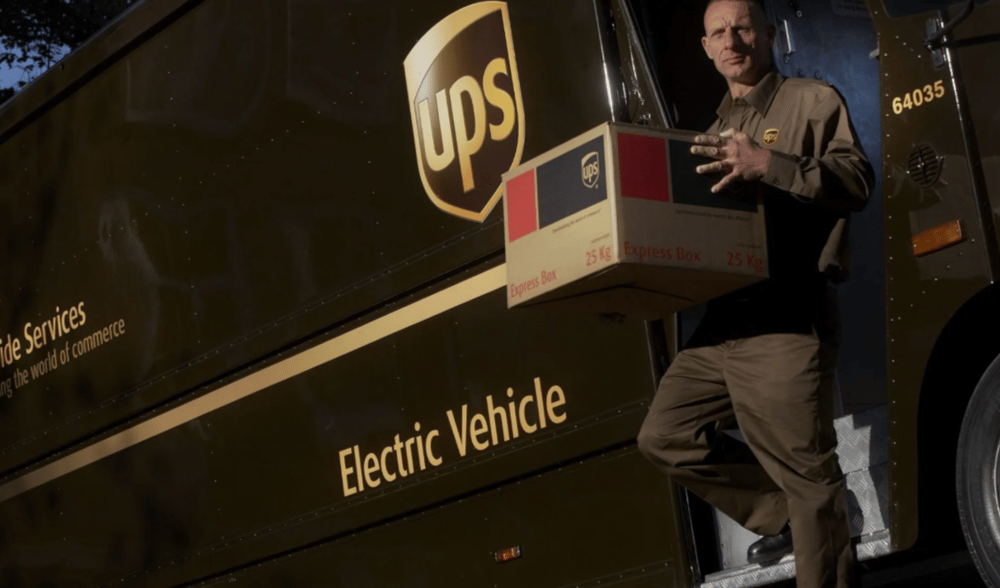

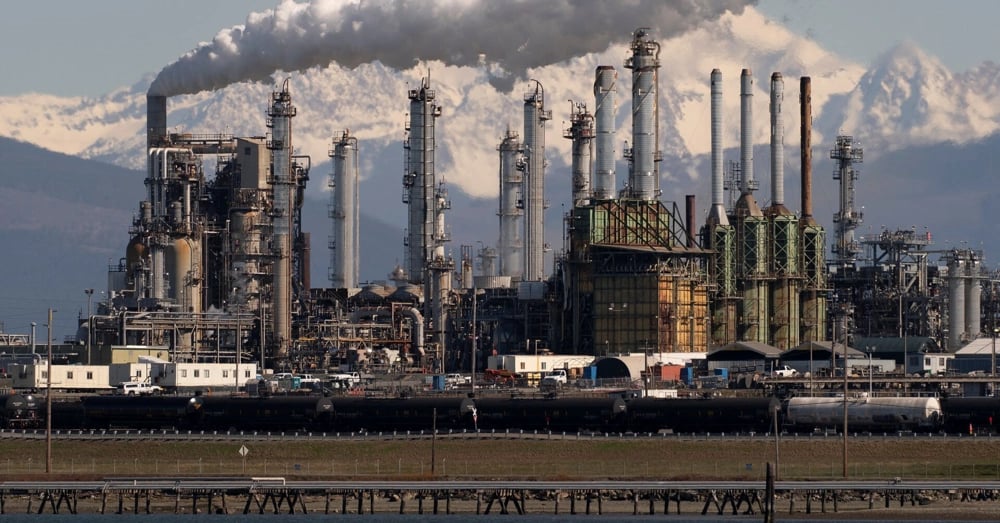


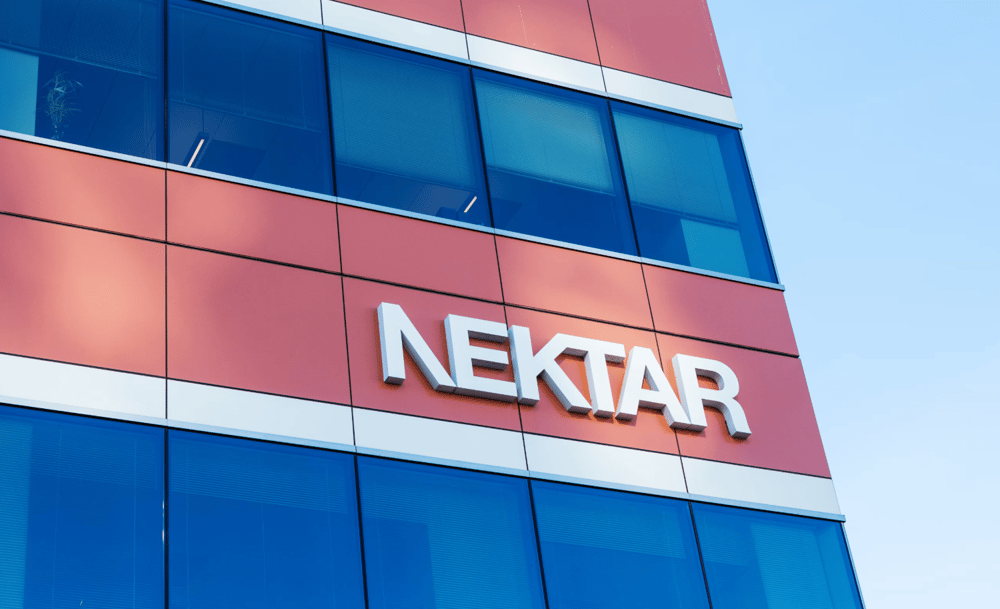
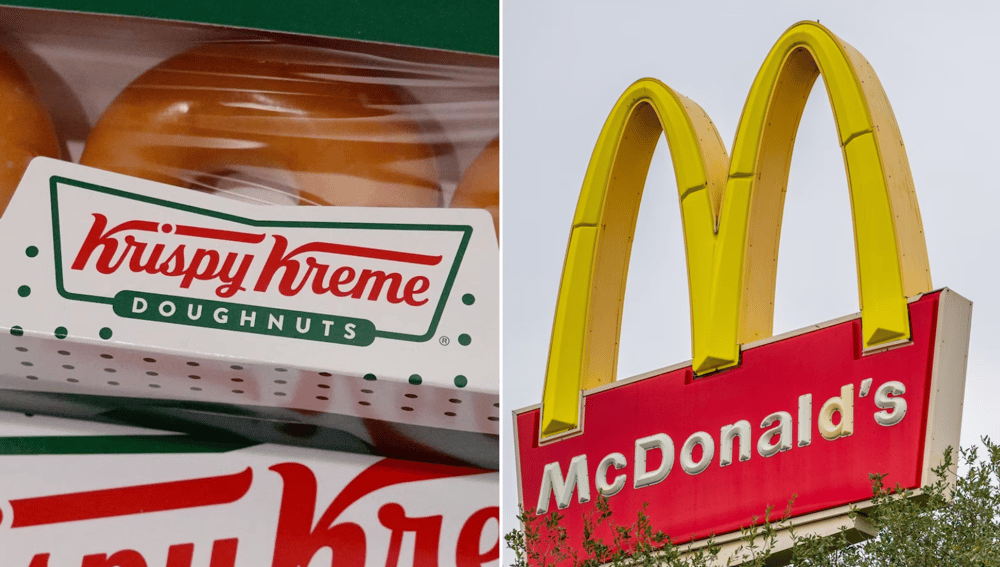


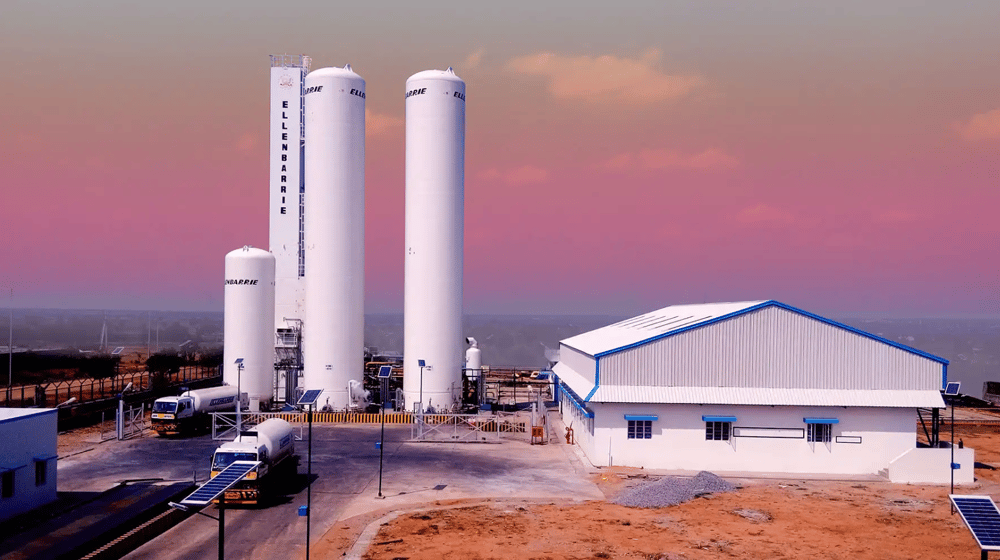



Comments
UPS's cuts are a stark reminder of how rapidly the logistics landscape can change under economic pressures.
A sale of this magnitude promises to reshape the future of tech automation with transformative impact
A sale of this magnitude promises to reshape the future of tech automation with transformative impact